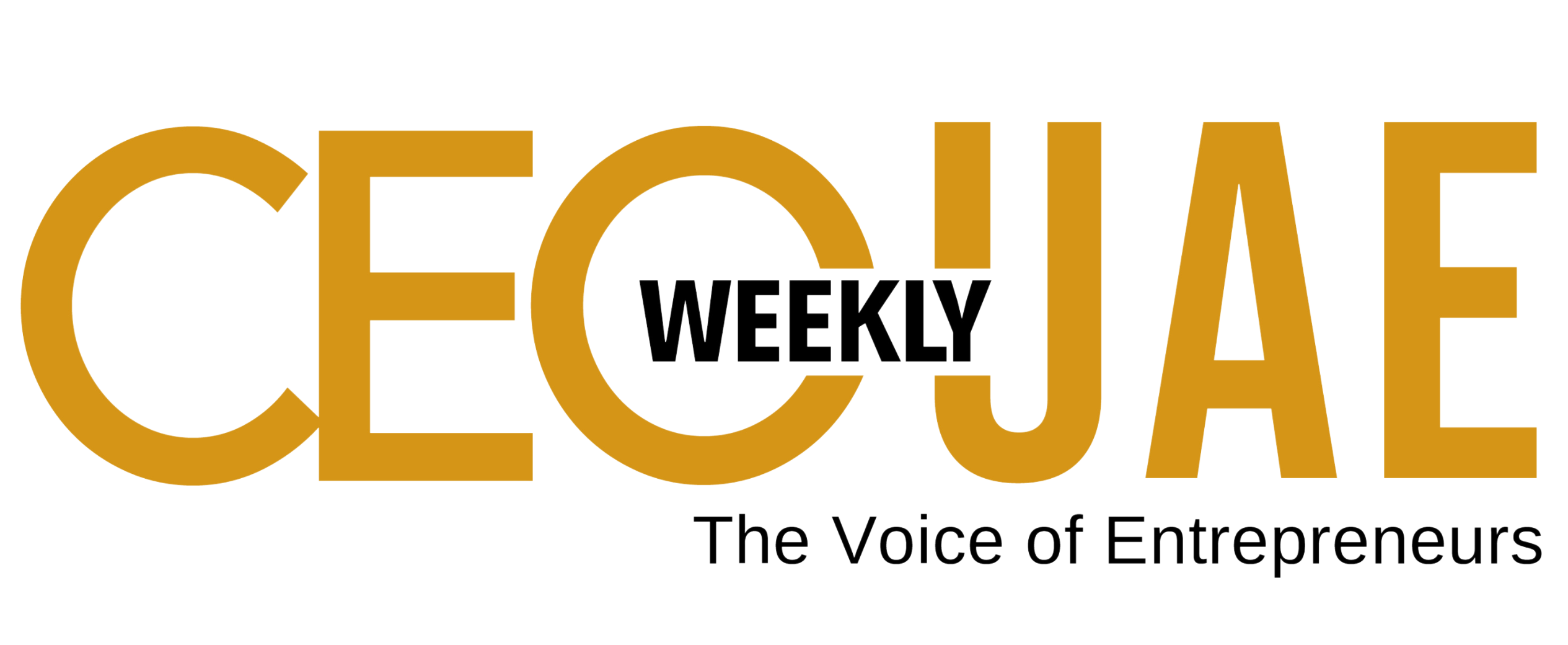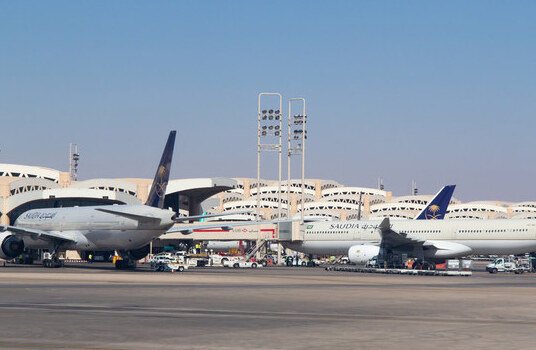Eurozone inflation experienced a larger-than-expected easing last month, raising questions about the necessity of further interest rate hikes by the European Central Bank (ECB) beyond the anticipated increase scheduled for later this month.
In May, inflation across the 20 eurozone nations decreased to 6.1 percent, down from April’s 7.0 percent. This figure fell below the forecast of 6.3 percent based on a Reuters poll of economists. While the reading was somewhat surprising for investors, earlier national data had already indicated the impending decline.
Core inflation, which excludes volatile food and fuel prices and holds significance in the ECB’s policy deliberations, dropped to 5.3 percent from 5.6 percent, significantly below the expected 5.5 percent.
To combat rising prices, the ECB has already raised base rates by a total of 375 basis points over the past year, bringing them to 3.25 percent. Additionally, the ECB has committed to a further 25-basis point hike on June 15 due to persistent underlying price pressures.
ECB President Christine Lagarde remarked on Thursday, “Today, inflation is too high, and it is set to remain so for too long. That is why we have hiked rates at our fastest pace ever – and we have made clear that we still have ground to cover to bring interest rates to sufficiently restrictive levels.”
Some economists argue that the larger-than-forecast decline in underlying inflation suggests that little work remains to be done. Commerzbank economist Christoph Weil stated, “Underlying inflation has probably passed its peak. This supports our expectation that the ECB will raise key interest rates by 25 basis points for the last time in June.”
Several influential policymakers, including central bank governors from Germany, the Netherlands, and Ireland, have already raised the possibility of a rate hike in July. Others have sided with the more hawkish approach, noting that the ECB has been consistently mistaken about the path of inflation and would rather err on the side of caution.
While the recent benign price data support the case for caution, the issue of inflation in Europe is far from resolved, with price growth for many core items, particularly services, remaining persistently high. Services inflation decreased to 5.0 percent from 5.2 percent, while price growth for industrial goods eased to 5.8 percent from 6.2 percent, indicating a positive trend despite still being relatively high.
The ECB may find some reassurance in the slowdown of food inflation to 12.5 percent from 13.5 percent, although it is expected that pressure in that area will continue to build for some time.
There is a possibility that lower energy prices could drive down headline inflation more rapidly than forecasted, but recent wage settlements may keep core inflation elevated. Eurozone wage growth currently ranges from 5 percent to 6 percent, double the rate that aligns with the ECB’s inflation target. However, wages need to catch up after years of inflation eroding real incomes. The ECB hopes that as inflation slows, wage growth will follow suit, leading to a mutual offsetting effect.
While this scenario is plausible, the labor market in the eurozone remains exceptionally tight, and companies, particularly in the services sector, report increasing labor shortages. This poses an upside risk for wages and consequently inflation.
Another concern for the ECB is that economic growth appears less resilient than initially thought, particularly in the manufacturing sector. Various indicators suggest that industrial activity could weigh on the overall economy, even as services continue to thrive. This raises the risk that significantly higher borrowing costs could push the bloc into a recession, an outcome the ECB has been striving to avoid.
Financial investors anticipate two more rate hikes from the ECB, with the first one fully priced in by June and the second potentially taking place in either July or September.









